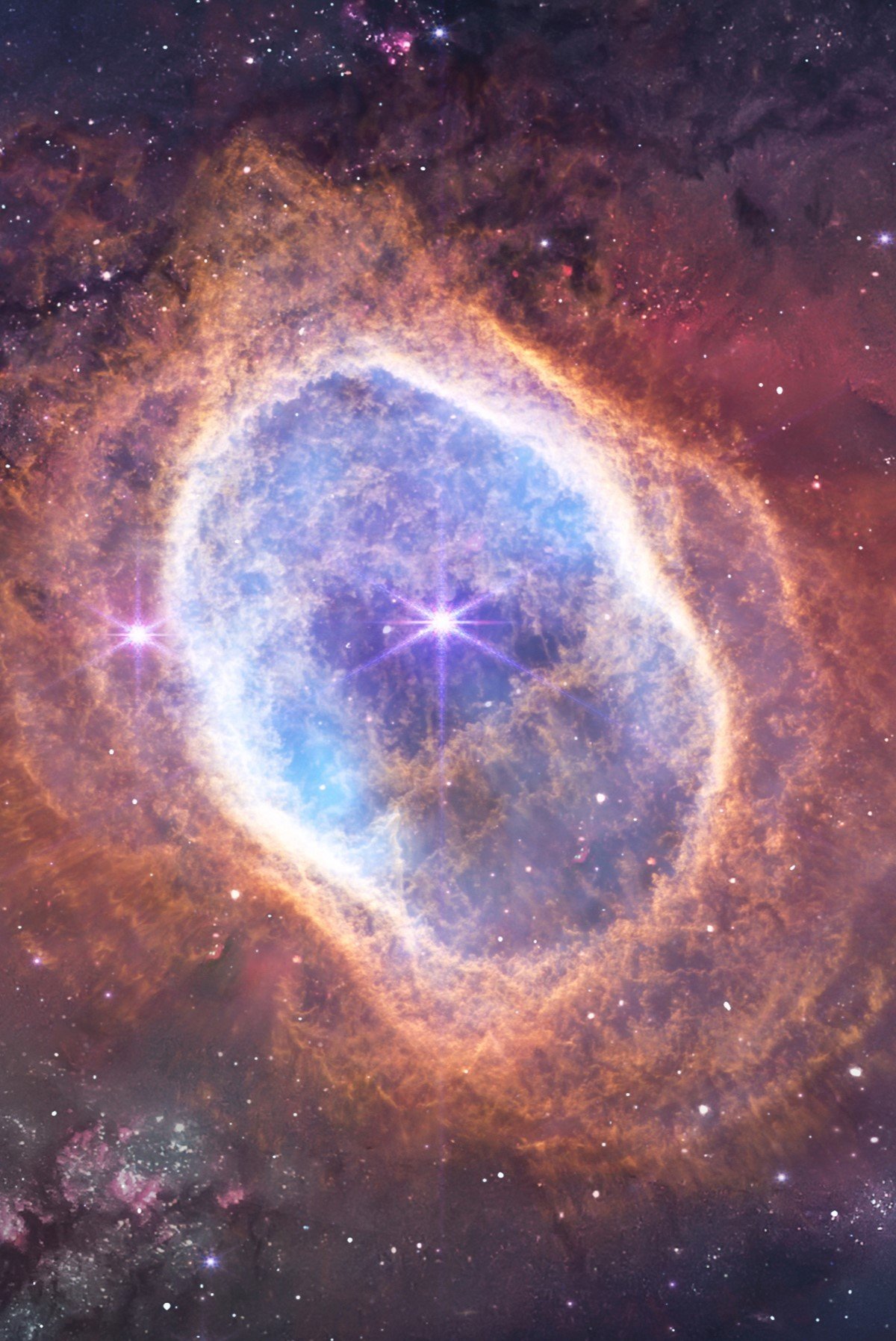The universe has been expanding continuously since the Big Bang, and this expansion is accelerating due to dark energy.. Scientists discovered this feature when they observed galaxies moving further and further away from each other. Even if we used a spacecraft that could reach speeds close to the speed of light, it would not be possible to travel to the edge of the observable universe. So what exactly is the Universe made of?
When you think about what’s out there in space, you probably think of celestial bodies, cosmic dust, gases, chemical elements, and more. Or maybe you imagine space as a completely empty place. But the definition of the universe is a bit more complicated than that, and probably more philosophical. What we can say for sure is that space is not empty at all; on the contrary, it contains trillions of stars and other celestial bodies.Q.
The universe is home to billions of galaxies, and the Milky Way is just one of them. If we consider the number of planets that could exist in the universe, the number is almost innumerable. However, scientists have noticed that certain elements appear to be present everywhere in the universe, whether in the Milky Way or in galaxies millions of light years away.
In the current scientific model, astronomers believe that the Universe is composed of dark matter, dark energy, and ordinary matter. Dark matter and dark energy are invisible to even the most advanced equipment, and we still can’t explain exactly what they are.Ordinary matter includes everything we can observe.
“The Universe is believed to be composed of three types of matter: normal matter, dark matter, and dark energy. Normal matter consists of atoms that make up stars, planets, humans, and all other visible objects in the Universe. As derogatory as it may seem, normal matter almost certainly represents the smallest proportion of the Universe, somewhere between 1 percent and 10 percent,” the European Space Agency (ESA) said in an official statement.
Components of the universe
Based on data from space observatories, scientists predict that: The universe consists of approximately 68% dark energy, 27% dark matter, and only 5% ordinary matter.
This small portion of normal matter is made up almost entirely of hydrogen and helium, protons, neutrons, and electrons. But the other 95% remains a big mystery because we can’t quite explain what it is.
Everything that exists in the Universe, from the elements of the periodic table to celestial bodies to black holes, even you who are reading this article, was created shortly after the Big Bang, after the emergence of hydrogen and helium. There is no doubt that it is the basis for everything around us, which is 95% dark matter and dark energy, although science still does not know exactly how.
In an article on the website SpeechNilakshi Veerabathina, a professor of physics at the University of Texas at Arlington, explains in an instructive way that the Universe can be likened to a party balloon, with dark matter corresponding to the material of the balloon, while dark energy would be the air that inflates this material.
In other words, dark energy is responsible for accelerating the expansion of the bubble. It’s as if dark matter were forming the walls of the Universe, and dark energy was the force that was causing it to expand faster and faster.
In any case, it is important to emphasize that there are numerous studies and scientific missions dedicated to understanding the nature of this mystery. One example is the Dark Energy Survey (DES). A mission that aims to study the expansion of the universe and investigate the matter and dark energy that permeates the universe.
“The ‘observable universe’ is the region of space that humans can actually or theoretically observe with the help of technology. It can be thought of as a bubble with the Earth at its centre. It is distinct from the totality of the universe, which is the entire system of cosmic matter and energy, including humanity. The Encyclopedia Britannica explains: Unlike the observable universe, the universe is probably infinite and has no spatial boundaries.
Do you have any questions? Tell us on our social networks and take the opportunity to understand how the laws of Thermodynamics indicate the end of the Universe. Until later!
Source: Tec Mundo
I’m Blaine Morgan, an experienced journalist and writer with over 8 years of experience in the tech industry. My expertise lies in writing about technology news and trends, covering everything from cutting-edge gadgets to emerging software developments. I’ve written for several leading publications including Gadget Onus where I am an author.












